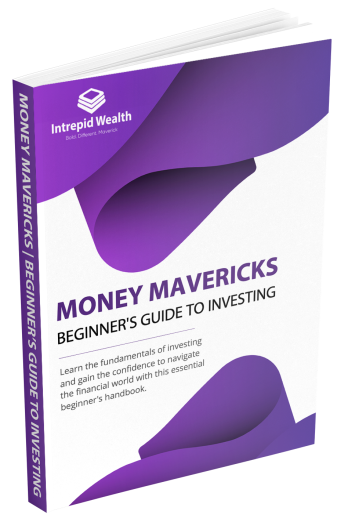His words might have been recorded over 200 years ago, but Benjamin Franklin’s famous uttering “in this world nothing can be said to be certain, except death and taxes” remains as true today as it was in 1789. The one thing that has constantly changed is tax law, and although death is impossible to avoid, with the many options available to us, taxation doesn’t need to inflict too much pain.
Here is a list of tips to help you minimise the amount of tax you pay.
1. Keep Records
Even if you use an accountant to prepare your tax return, you are responsible for the information you provide and for keeping your tax records for a minimum of five years. So, to ensure that you don’t have to pay any more tax than you are obliged to:
- Keep receipts of all your tax-deductible expenditure. If you are audited by the tax office, you will need to be able to prove the expenses were incurred. When you claim a tax deduction for something, you obtain a tax benefit equal to the amount of tax you would have paid on that income at your tax rate. For example, if you are on the current top marginal tax rate of 47%[1], claiming a $100 tax deduction will produce a tax benefit of $47.
- Keep track of all your medical expenses. If net medical expenses relating to disability aids, attendant care or aged care exceed the threshold for the year, you may be eligible for a tax offset that takes the form of a credit against tax payable. For example, if you are entitled to a $100 tax offset, your total tax bill will be reduced by $100.
- Keep detailed records of income and capital gains. Required details include date the investment was purchased, how much was paid, when it was sold and how much was received. Other details may include the costs of improvements to an investment property as well as the amount of income received over the timeframe the investment was held.
2. Claim All Available tax Deductions
You may be able to claim a tax deduction for many of your expenses. These include:
- donations to registered charities or non-profit organisations;
- self-education expenses;
- premiums on income protection insurance;
- work-related expenses.
You should bear in mind that the range of permissible work-related expenses varies widely from occupation to occupation. Refer to the Australian Tax Office (ATO) website www.ato.gov.au for full details.
3. Consider Salary Packaging
Salary packaging involves the receipt of certain non-cash benefits in place of a taxable salary.
Fringe Benefits Tax (FBT) means that most non-cash benefits are taxed at the highest marginal tax rate. Receiving these benefits does not improve your taxation position, and if you are a low-income earner it may actually increase the tax you have to pay.
However, some items receive favourable treatment under FBT rules, so it can still be an advantage to consider these benefits as part of a salary package.
Beneficial salary packaging arrangements may include mobile phones, laptop computers, and novated leases on motor vehicles.
Not everyone can obtain a real benefit from salary packaging. There are also some paperwork and procedural requirements that need to be fulfilled to set up an effective salary packaging arrangement, so talk to a professional adviser before embarking on this strategy.
4. Contribute to Superannuation
Contributions to superannuation can reduce the level of tax you would otherwise have to pay on your investments because super is taxed at a maximum of 15%. In addition, some people are eligible to claim a tax deduction for contributions made to super.
The rules surrounding superannuation tax deductibility provisions and contribution limits are complex, so it pays to seek advice from your financial planner.
5. Manage Capital Gains
When you sell an investment for a profit, you are considered to have made a capital gain. For non-professional investors, capital gains will be included on your annual income tax return. Assets acquired before 20 September 1985 are exempt from Capital Gains Tax (CGT) considerations.
When you sell an asset for less than you initially paid for it, you make a capital loss. When your total capital losses for the year outweigh your total capital gains, you will finish up with a net capital loss for the year.
If you have a potential CGT liability, there are a few strategies that you could consider to reduce the amount you need to pay.
- Keep an investment for at least 12 months
Investors are entitled to claim a 50% discount on capital gains made on assets held for longer than a year. So, by holding on to the investment for more than 12 months you will halve the CGT payable.
- Delay any gains until the new financial year
If you are thinking of selling a profitable asset, such as shares or property, it may be worth deferring this sale until after the end of the financial year. By doing so, you will delay incurring CGT for another financial year. While you will need to pay the CGT eventually, freeing up short-term cash flow may be beneficial, depending on your circumstances.
- Use carry-forward tax losses to reduce CGT
Capital losses incurred in previous tax years that have not already been offset against capital gains may be carried forward in future tax years and can mitigate the effect of any CGT liability. Check your past income tax returns or ask your accountant to determine whether this is an option for you.
Remember that this information is not personal tax advice. Always consult a professional adviser to help you determine the best strategies for your personal circumstances.







